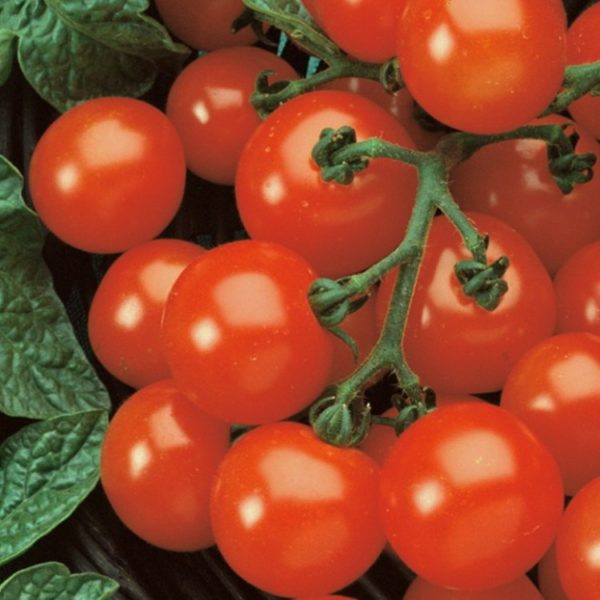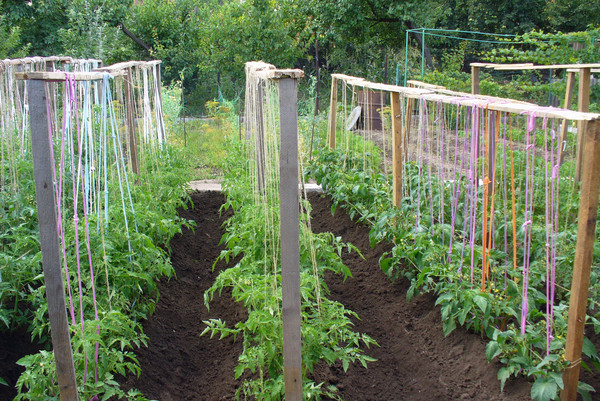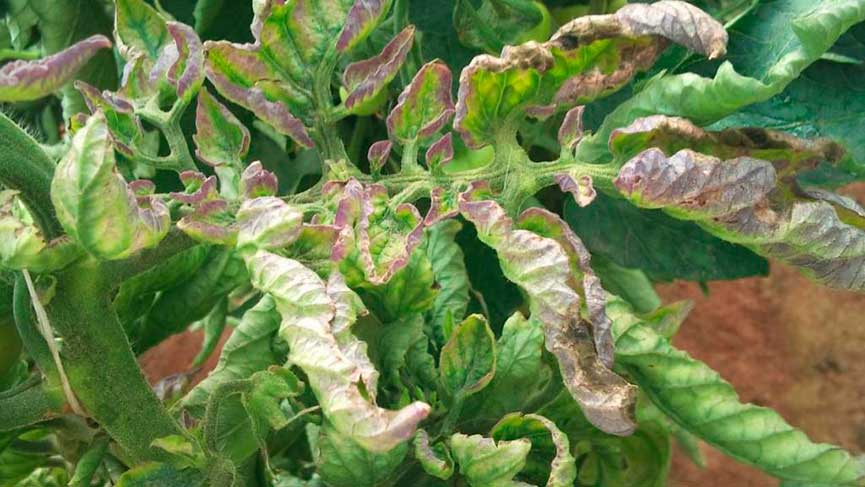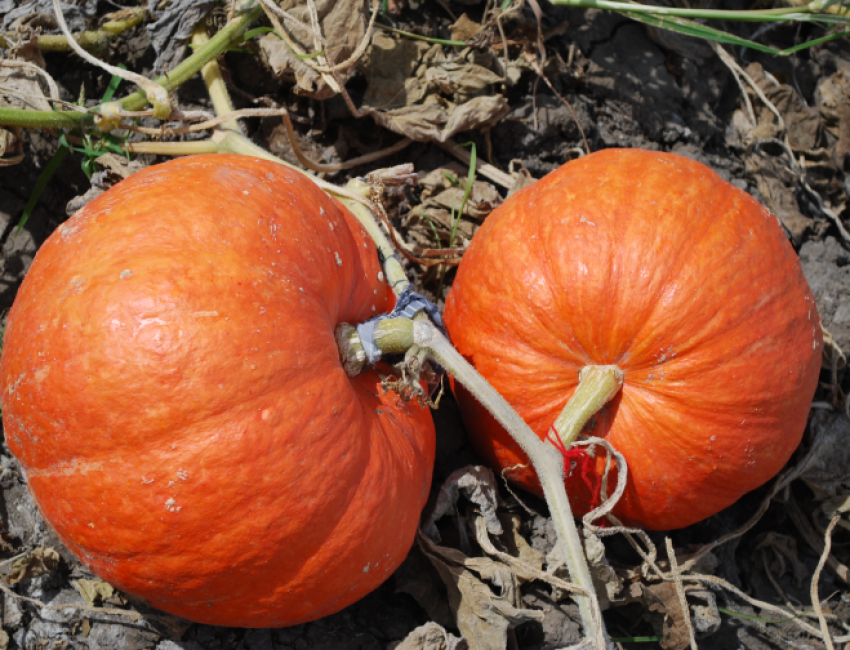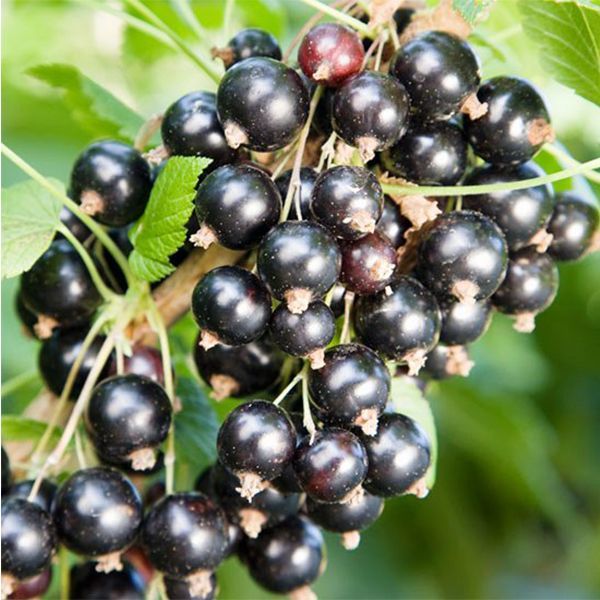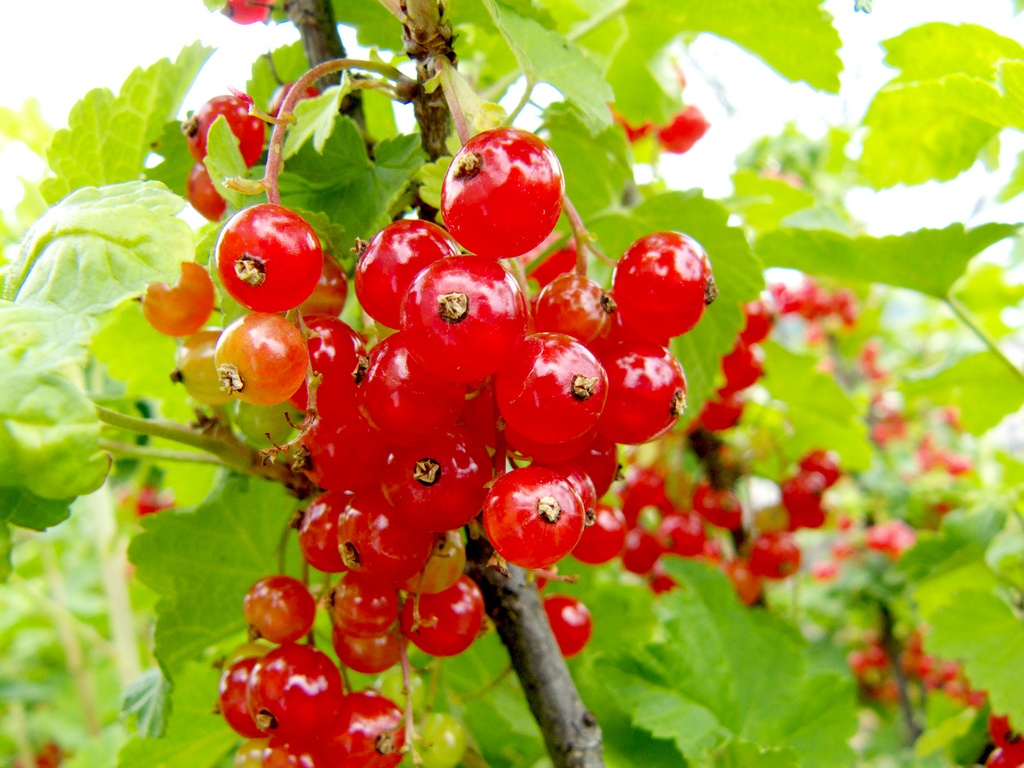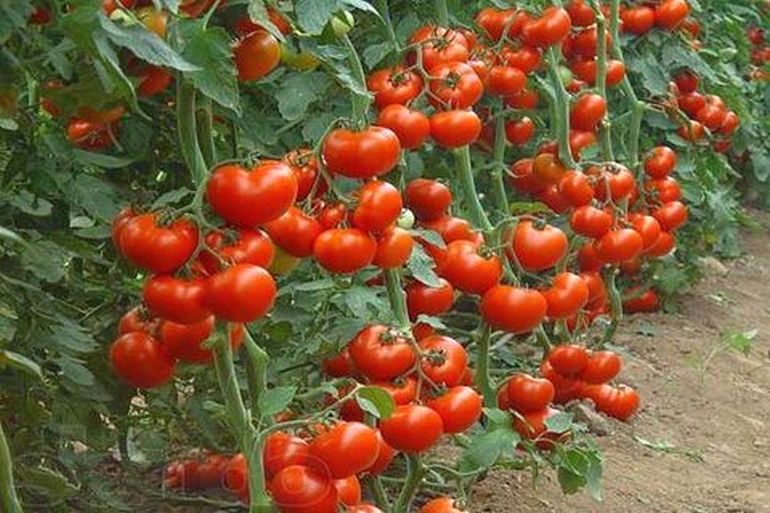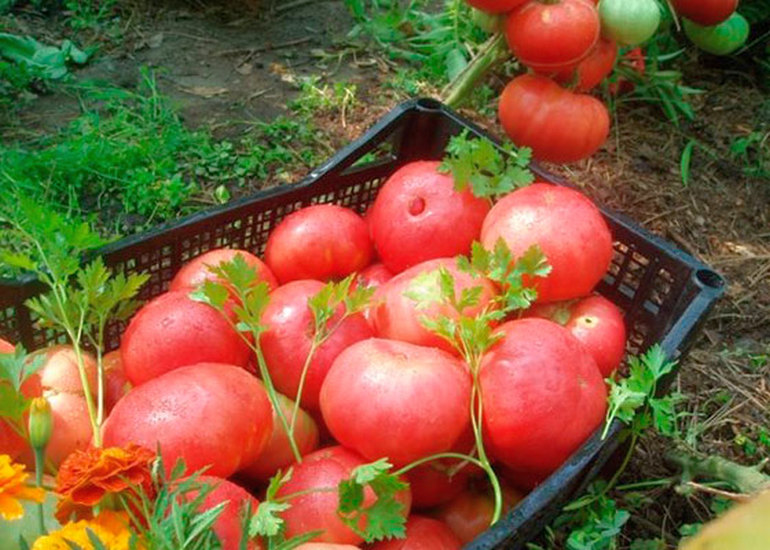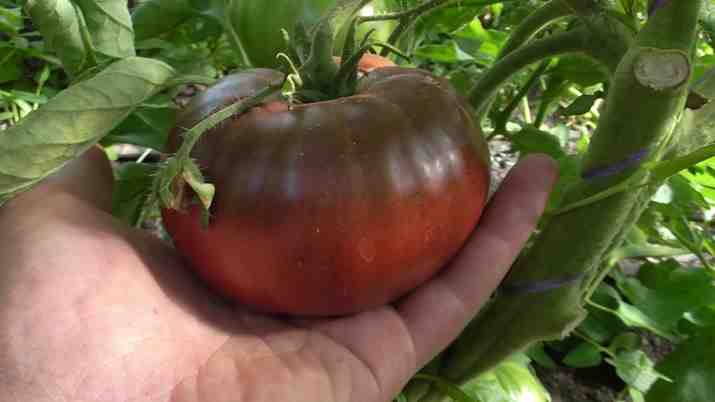Content:
Tomato Sweet bunch is a relatively young variety, the registration number was received in 2009. Their originator is the Moscow agricultural firm "Sedek". Its experts have created a variety that can be grown both outdoors and in greenhouses. It is interesting to note that there is also a bunch of chocolate on sale, but it is not included in the state register of breeding achievements of Russia.
Tomato variety Sweet bunch: characteristics and description
Refers to indeterminate tomatoes (unlimited growth). With good care, bushes can grow up to 2.5 meters or more, depending on conditions and climate. It is best planted in greenhouses where the plants form, leaving 1 or 2 stems. This variety is well suited for cultivation in the northern regions of Russia, as it is early ripening - on average 103-108 days pass from germination to fruit ripening.
The fruits of this variety are medium-sized. Their weight is on average from 20 to 30 grams. The tomatoes are round and firm, bright red. Many small fruits are formed on the brush. Moreover, their maturation occurs gradually. Experts do not recommend selective harvesting, it is better to wait until the whole brush is ripe and remove it completely.
The fruit tastes good, but despite its name, it is not sweet.
Tomato care Sweet bunch
Most often, tomatoes are grown through seedlings, however, early-ripening varieties, which include the Sweet Bunch, can be sown directly to the beds, but only in warm regions. After planting seedlings in a permanent place, the plants need care and watering. It is better to water them infrequently - once a week in hot weather and once every two weeks if it rains. In the greenhouse, the bushes are watered once a week. Tomatoes do not like water and high humidity, in such conditions they do not form fruits and get sick. It is good if the humidity is no higher than 47%.
In addition, compost or good humus, bone meal are added to future beds. And we should not forget about the crop rotation - you cannot plant tomatoes where they or other Solanaceae grew last year.
Sugar bunch tomatoes (as this variety is often called by the people) need a garter, like all indeterminate varieties. It is best to use twine that is sold in specialty stores, bamboo sticks are also good.
The stepchildren need to be constantly removed, since the plants form a maximum of two stems. Extra branches will take up a lot of food, taking it away from the fruit.
Tomatoes should be fed at least three times during the season. It can be both mineral fertilizers (urea, azofoska, saltpeter, special complex fertilizers), and organic (infusion of mullein or chicken droppings, herbal infusion). For better formation of fruits, plants can be sprayed with the preparations "Bud", "Sudarushka", "Energen".
Pros and cons of the variety Sweet bunch
There are few obvious advantages of the Sweet bunch tomato series.These include early ripeness and the fact that the fruits show themselves well during heat treatment during canning (tomatoes remain intact and do not burst).
Unfortunately, this variety has more disadvantages than advantages:
- A small amount of harvest (up to 3.5 kilograms from 1 bush). Planting rate: per 1 square meter - 3 plants. Thus, the yield from 1 square meter is on average 10 kilograms.
- The exuberant growth of stepchildren who need to be systematically removed.
- Susceptible to late blight.
- The fruits are unsweetened, their skin is dense.
But, despite all its disadvantages, the series of tomatoes Sweet bunch found a place in greenhouses. It is appreciated by summer residents for its early maturity and, to some extent, for decorativeness.
